Adult Catesby’s Pitcher Plant (Sarracenia Catesbaei)
$21.00 – $52.00
Ease to Grow: Easy.
Dormancy: Recommended.
Native Range: Wet Pocosins and peat bogs of Southeastern North America.
Zones: 5-8 (4-9).
Catesby’s Pitcher Plant, Sarracenia x catesbaei is a robust, vigorous growing hybrid with delightful yellow-green and orange traps, and wide red veins. It has a broad, flaring hood with ruffles, and is richly covered with dark red veins and bands. It is striking in full sun when the traps develop their darkest colors. In the Winter it frequently turns a gorgeous deep reddish purple color. The pitcher is thick and waxy and stands upright and stout. It tends to clump and form large colonies, about 2 feet across. Traps hold their color through the Winter. It is a fragrant, early Spring bloomer with orangey-pink blossoms on 12 inch scapes, that flower well before the new traps develop. Flower stalks and sepals last through the year, resembling green daffodils. It is native from Virginia to Florida where the parent species’ ranges overlap, and is hardy to zone 4. It is well-suited for terrariums and the backyard bog garden north into Canada with winter protection. S. x catesbaei is a naturally occurring hybrid of S. flava x purpurea. It was one the first hybrid pitcher plants to be encountered by Europeans. The name honors English naturalist Mark Catesby who explored the Carolinas in the 1720’s.
Plants are shipped bare-root, wrapped in damp sphagnum moss. In it’s dormant season, it will be shipped as a dormant rhizome with trimmed off pitchers. Photographs are representative of the hybrid, and not the specific plant shipped.
Height: 6″ – 10″.
Plant Type: Perennial, temperate.
Soil: Upper Bog Mix or General CP Mix.
Light: Bright to partial bright indoors, full sun to partial sun outdoors.
Use: Grows well in the bog garden, greenhouse and indoors. It is an excellent accent terrarium plant.
- Sarracenia Care Sheet | USA-grown | Shipped with Care
- Reviews (2)
- Ask a Question
Learn about how we GROW your plants!
Learn about how we SHIP your plants!
Sarracenia pitcher plants can be grown successfully in captivity with the right care and conditions. Here are the general steps for growing Sarracenia pitcher plants in captivity:
-
Choose the right container: Sarracenia plants need to be grown in containers that are at least 8 inches deep and have good drainage. Plastic or ceramic pots with drainage holes are suitable.
-
Use the right soil: Sarracenia plants prefer a soil that is a mixture of peat moss and perlite. You can also add sand or vermiculite to improve drainage.
-
Provide the right amount of light: Sarracenia plants need plenty of bright, direct sunlight to thrive. A south-facing window or a well-lit outdoor location is ideal.
-
Water properly: Sarracenia plants need to be kept moist, but they do not like to be waterlogged. Water them regularly, and make sure the soil is never allowed to dry out completely.
-
Provide humidity: Sarracenia plants prefer a humid environment. You can provide humidity by placing a tray of water near the plants or by using a humidifier.
-
Fertilize sparingly: Sarracenia plants do not require much fertilizer, and too much can actually harm them. Use a fertilizer that is formulated for carnivorous plants, and apply it sparingly.
-
Watch for pests: Sarracenia plants can be susceptible to pests such as aphids and spider mites. Check the plants regularly for signs of infestation, and treat them promptly if necessary.
By following these steps, you can grow healthy and thriving Sarracenia pitcher plants in captivity.
2 reviews for Adult Catesby’s Pitcher Plant (Sarracenia Catesbaei)
Add a review
You must be logged in to post a review.

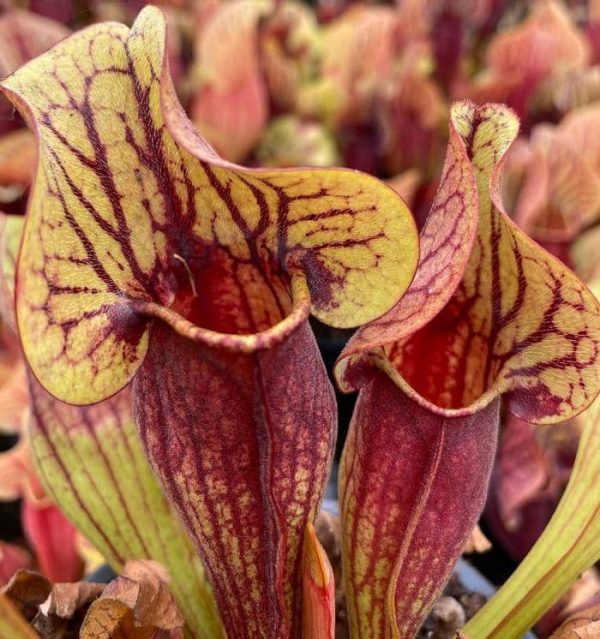
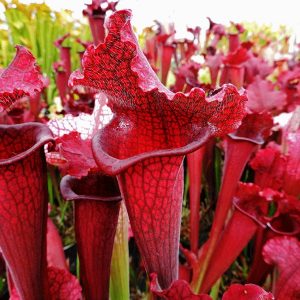
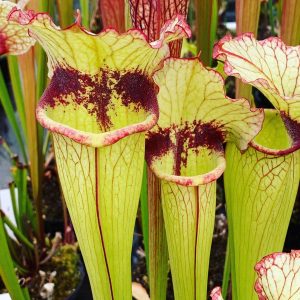
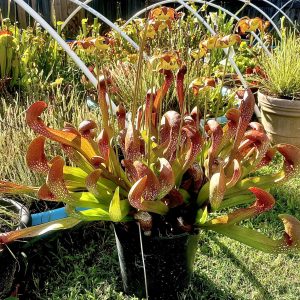
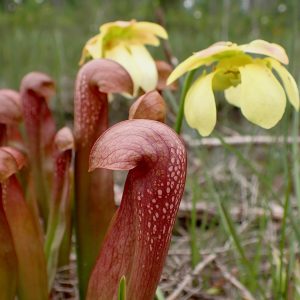
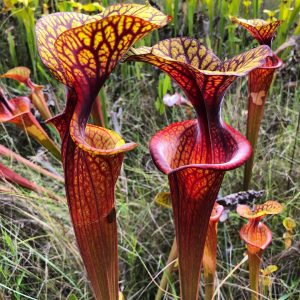
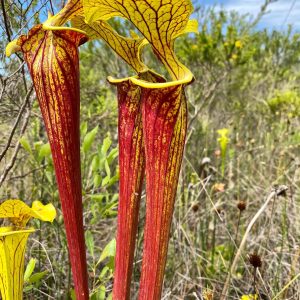
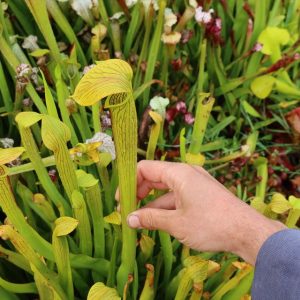
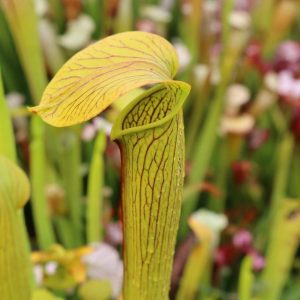
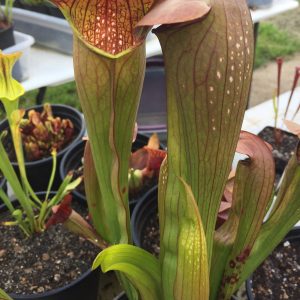
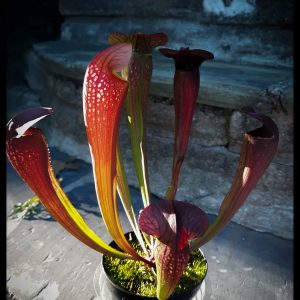
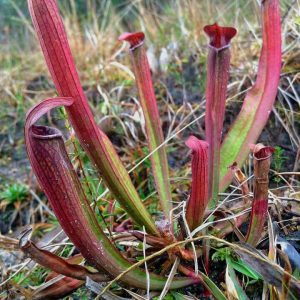
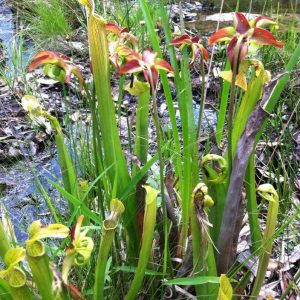
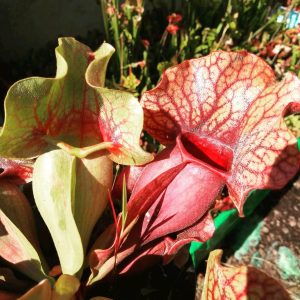
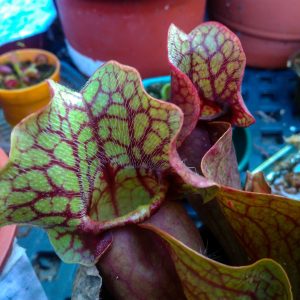
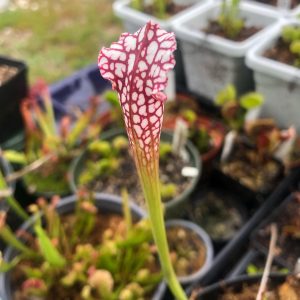
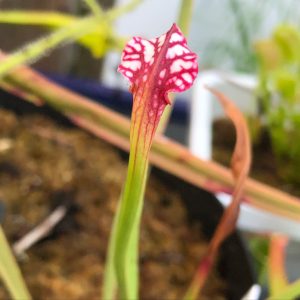
Da...More
David